What's The Cycling And Float Of a Lithium Battery?
Lithium batteries, with their high energy density and versatility, have become a staple in various applications, from portable electronics to electric vehicles. Understanding the concepts of cycling and float in the context of lithium batteries is crucial for optimizing their performance and longevity. Let's delve into what these terms mean and the considerations associated with them.
What does it mean when a battery is on cycling?
When a battery is described as being "on cycling," it means that the battery is actively undergoing charge and discharge cycles. Cycling refers to the repetitive process of charging the battery and then discharging it to power a device or perform a specific function. This activity is typical in applications where the lithium battery is used regularly, such as in electric vehicles, portable electronics, renewable energy storage systems, and other devices with dynamic energy needs.
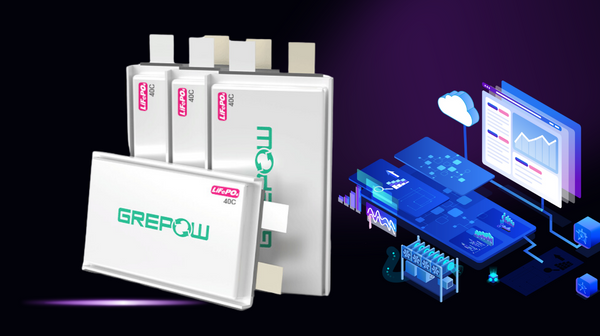
What does it mean when a battery is on float?
When a battery is "on float," it means that the battery is being maintained at a relatively constant voltage, usually slightly below its maximum voltage, to keep it fully charged. Float charging is a maintenance or trickle charge provided to a battery, especially in standby or backup power applications, to compensate for self-discharge and ensure that the battery remains ready for use at all times.
Should you float a lithium battery?
While floating is a common practice for lead-acid batteries, it is generally not recommended for lithium batteries. The characteristics of lithium-ion chemistry differ, and continuous float charging can have adverse effects, including potential overcharging, safety hazards, and reduced battery lifespan.
The decision to float a lithium battery depends on the application and the manufacturer's specifications. For cycling applications, where the battery is regularly used, optimized charging profiles are designed to ensure efficiency and longevity. In contrast, float charging may be considered in standby power systems to keep the battery in a constant state of readiness.
Battery charging in float vs. cycling environments
Battery charging in float and cycling environments refers to different charging strategies applied to batteries based on the specific application and usage patterns. The choice between float charging and cycling depends on the specific requirements of the application. Float charging is suitable for standby power systems where batteries are maintained in a charged state, while cycling is essential for applications with frequent energy demand and regular charge-discharge cycles. Manufacturers provide guidelines for optimal charging practices based on the intended use of the battery. The specific differences are as follows:
Purpose
◆Float Charging: Primarily for maintaining batteries in a ready state for extended periods without significant cycling.
◆Cycling: Designed for applications with frequent and regular charge and discharge cycles.
Current Levels
◆Float Charging: Low continuous current to compensate for self-discharge.
◆Cycling: Current levels can vary based on the energy needs of the application.
Battery Life Considerations
◆Float Charging: Focuses on minimizing self-discharge and maintaining the battery's state of charge.
◆Cycling: Emphasizes optimizing cycle life, managing charge-discharge rates, and ensuring efficient energy utilization.
Optimized Charging
◆Float Charging: Typically involves maintaining a constant voltage.
◆Cycling: Charging profiles are often optimized to balance factors like charging speed, energy efficiency, and battery longevity.
Conclusion
Understanding the concepts of cycling and float is crucial for effectively managing lithium batteries. While cycling is essential for applications with regular usage, float charging may be considered in standby scenarios. However, the unique characteristics of lithium batteries necessitate careful adherence to manufacturer guidelines to ensure optimal performance, safety, and longevity. As the technology evolves, staying informed about best practices becomes paramount for maximizing the benefits of lithium batteries in diverse applications. As a global leader in lithium battery cell manufacturing, Grepow offers professional customization solutions for lipo battery packs and Battery Management Systems (BMS), catering to your specific application requirements. If you have any questions or needs, please feel free to contact us at info@grepow.com.
Related Articles:
What Is a Lithium-ion Battery Cell, Battery Module, and Battery Pack?
Sodium-ion Battery vs Lithium-ion Battery: What’s the Difference?
What is a Silicon Anode Lithium-Ion Battery?
Thin Film Lithium-ion Battery Vs Lithium-ion Battery: What’s the Difference?
Semi-Solid State Battery vs. Lithium-Ion Battery: What's the Difference?
Related Articles
-
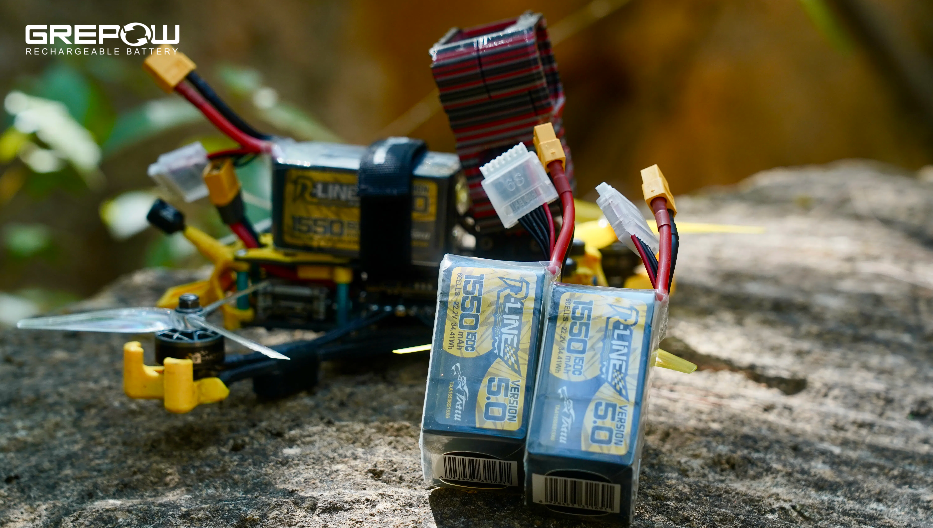
What Is a 7 Inch FPV Drone?
2025-04-15 -

Empowering Drone Training with Grepow’s Tailored Battery Solutions
2025-04-15 -

FPV Drone Types: All You Need to Know
2025-03-06
Related products
-
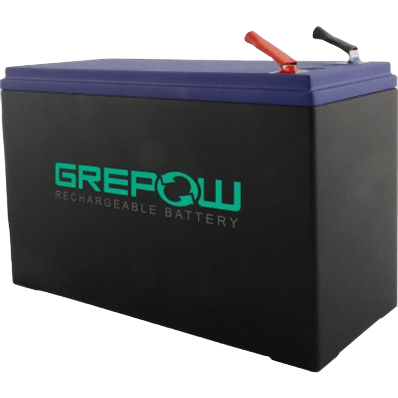
24V 50Ah LiFePO4 Modular Battery
-
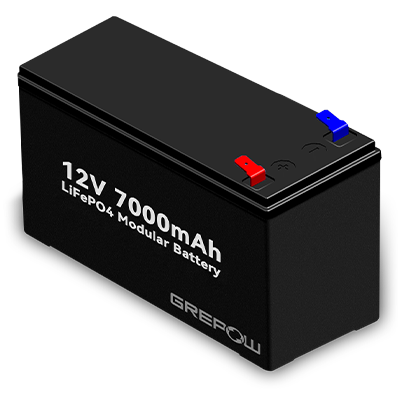
12V 7Ah LiFePO4 Modular Battery
-

-40℃ Low Temperature LiFePO4 Battery
-
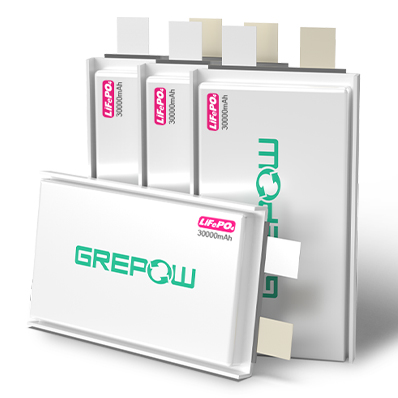
High Capacity LiFePO4 Battery

















































